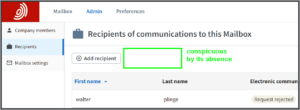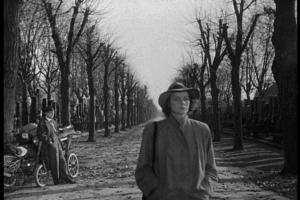Monday, December 26 will be a federal holiday in the District of Columbia. This means the USPTO will be closed on Monday, December 26. This means that any response or action that would have been due at the USPTO on Saturday, December 24, or Sunday, December 25, or Monday, December 26 will be timely if carried out on Tuesday, December 27.
The US Postal Service will likewise be closed on Monday, December 26.




